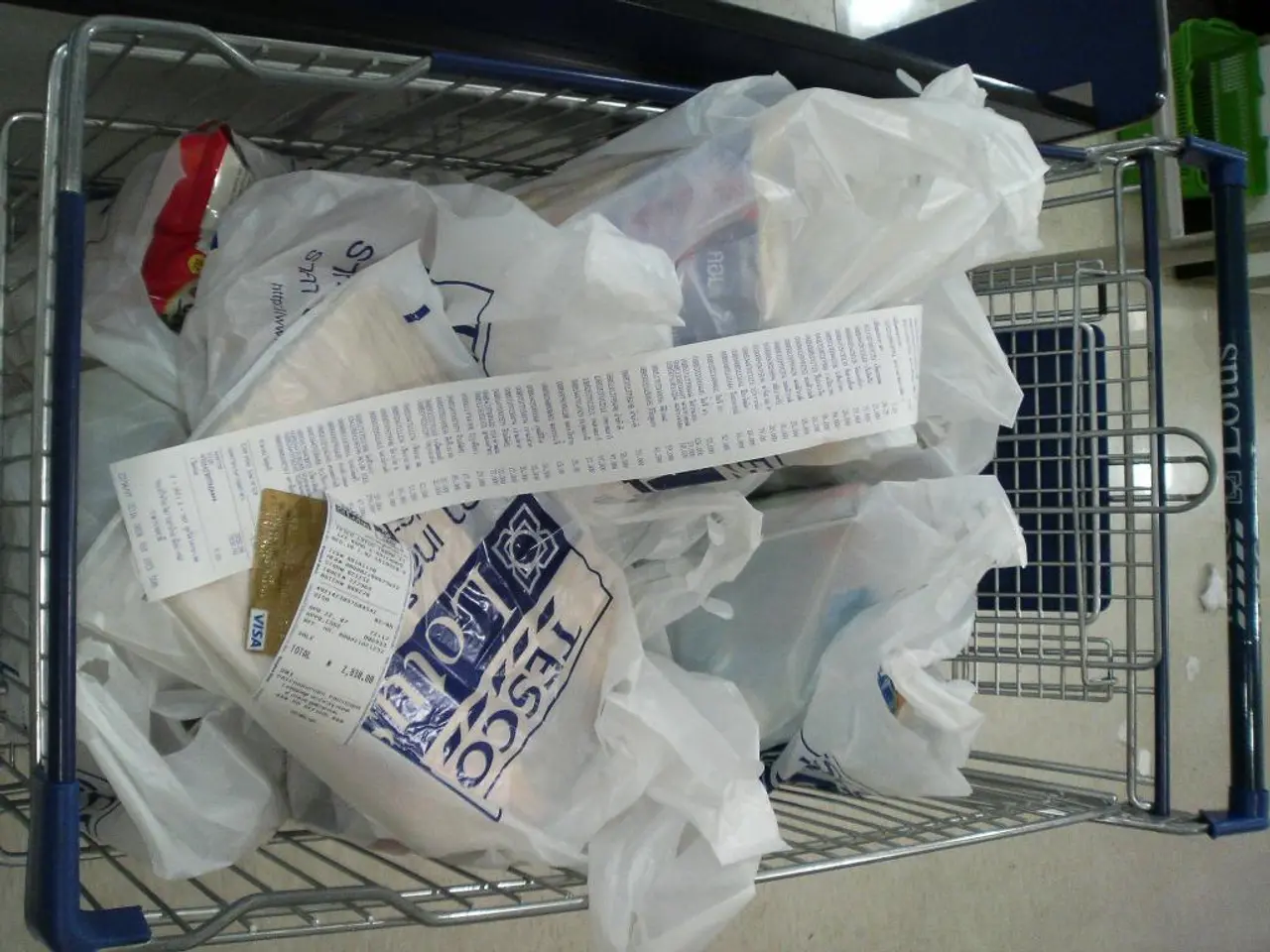Unraveling Supply Chains: A Guide for Business Journalists on Ensuring Authenticity in Corporate Sources
In today's business world, companies are increasingly focusing on the environmental and social impacts of their operations, with a particular emphasis on supply chain transparency.
The Coca-Cola Company, for instance, has published a 2023 Environmental Update, outlining its efforts towards creating a more sustainable future. Similarly, Rivian, an electric vehicle company, consistently shares carbon reports and policies about its entire value chain.
Transparency in supply chains is crucial for evaluating corporate responsibility and long-term business viability. Companies like Target are leading the way in this area. They have introduced Digital Product Passports (DPPs) into 35 million items from their Universal Thread apparel line. These QR codes provide details about materials, manufacturing, care instructions, and options for resale or recycling. This initiative aligns with Target's goal of designing all its brands for an extended usability and circular future by 2040.
The importance of supply chain transparency extends beyond the fashion industry. Companies in the electronics sector can turn to the Responsible Business Alliance (RBA) for benchmarks, certifications, and tools. The Global Logistics Emissions Council (GLEC) offers resources for the shipping/logistics industry, while the Initiative for Responsible Mining Assurance (IRMA) provides resources for the mining/metals industry.
Understanding a company's supply chain provides a clearer picture of its impact. For example, supply chain operations significantly contribute to a company's carbon footprint, accounting for an average of 75% of a company's total emissions. This is why, starting in 2026, companies in the U.S. must disclose specific climate-related risks and emissions in their 10-K filings, accessible through the SEC’s EDGAR database. However, the exact number of companies affected is not specified in the available sources.
The European Union has also taken steps towards supply chain transparency. Companies must disclose sustainability information in their annual management reports, which must be published on company websites, due to the Corporate Sustainability Reporting Directive (CSRD).
Moreover, the Rainforest Alliance has launched a supply chain risk assessment tool for commodities such as cocoa, coffee, tea, and palm oil. They have even certified over half of the global cocoa supply and partnered with brands like Nestle and Hershey.
Wild Asia, a social enterprise based in Asia, works with companies and communities to enhance environmental practices. The CarbonSuite website provides links to supplier sustainability policies of several major companies.
In conclusion, supply chains have real-world impacts at the social, economic, and environmental levels. As consumers and investors become more conscious of these impacts, companies that prioritise transparency and sustainability in their supply chains are likely to be at an advantage in the long run.
Read also:
- Impact of Alcohol on the Human Body: Nine Aspects of Health Alteration Due to Alcohol Consumption
- Understanding the Concept of Obesity
- Tough choices on August 13, 2025 for those born under Aquarius? Consider the advantages and disadvantages to gain guidance
- Microbiome's Impact on Emotional States, Judgement, and Mental Health Conditions







